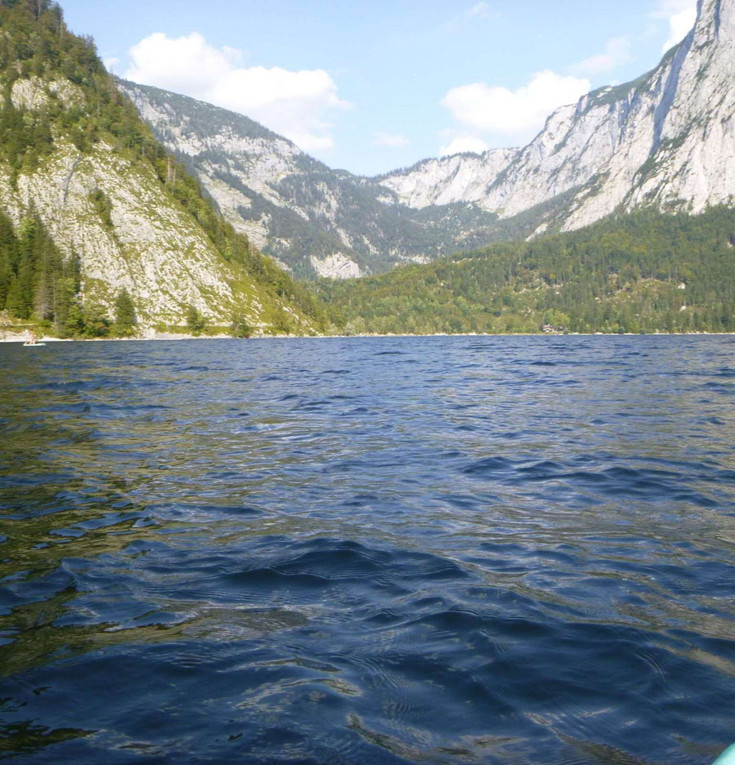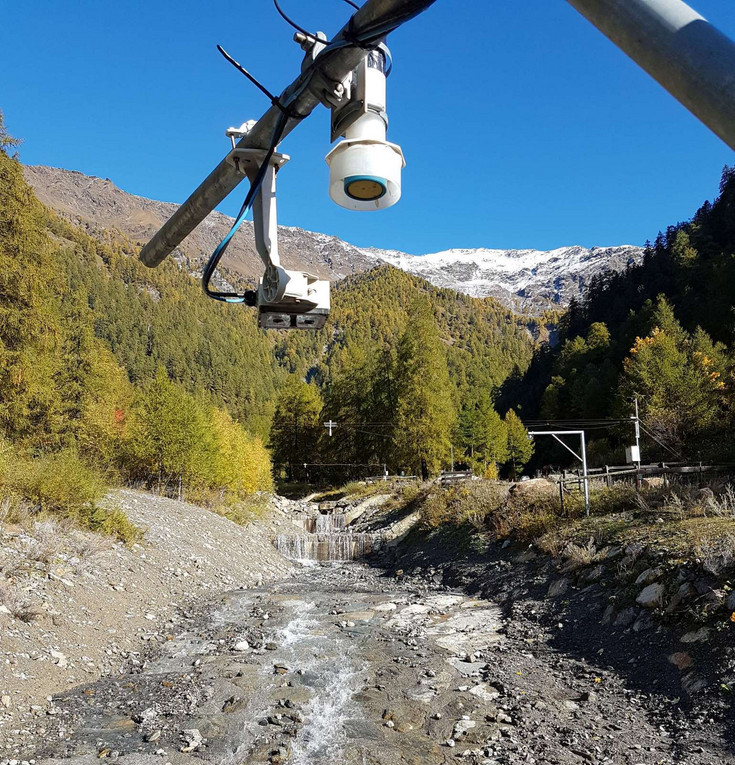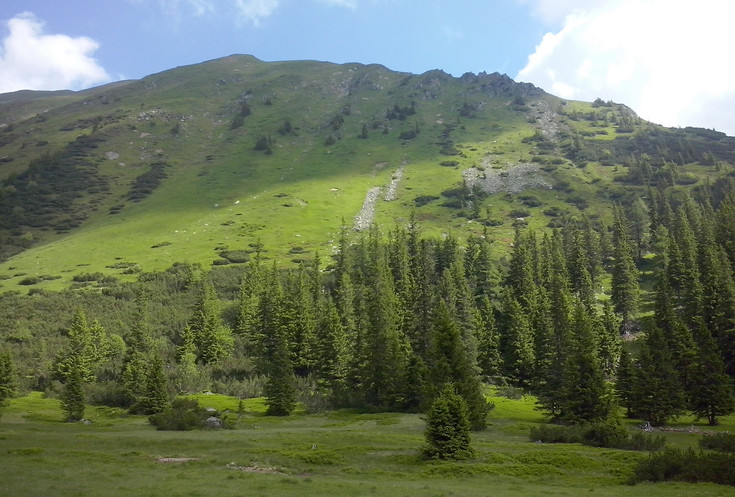RESEARCH


Two researach areas are defined within HADRIAN:
Research area 1: Dynamics of the natural system: Improving system and process understanding, monitoring methods and skills, numerical models and warning capacities
Mountainous regions are strongly influenced by geomorphological-geological processes on long-term scales and – by nature – they are typical areas for natural hazards. Also, substantial changes occur over short-term scales due to changes in land use, climate, settlements, and infrastructural development.
Global warming and land use change are expected to affect hydrological, geological, and sedimentological systems. Hence, an improved understanding of the short and long-term interdependencies and feedbacks between meteorology, hydrology, geomorphology, geology, and forestry will enhance forecasting and warning capabilities of mountain hazards. An additional focus lies on the changing potential of alpine forests to prevent risk.
HADRIAN addresses challenges in the dynamics of the natural system
- with respect to our understanding of the predisposing factors and triggers of natural hazards and the evolution of the hazards themselves;
- with respect to our understanding of multi-hazards and cascading effects;
- concerning the development of effective, reliable, and spatio-temporal distributed monitoring frameworks;
- of insufficient data to create reliable magnitude-frequency relationships for different hazard types and/or for model development and validation;
- of connecting the temporal resolution of climate change projections with the time scale of hazard processes and related long-term disposition; and
- of improving forecast reliability/robustness to enhance the warning capacity.
Research area 2: Dynamics of the social system: Improving integral and transdisciplinary mitigation and adaptation strategies and raising risk awareness
In many regions of the European Alps the number of residential as well as commercial buildings and infrastructure exposed to mountain hazards is steadily increasing. Associated losses of floodplains contribute significantly to increased flood risks. Climate change effects of important abiotic (fire, drought, wind, snow, and ice, sediment regime) and biotic (insects and pathogens) disturbance agents facilitate the cascading effects of multiple hazards and increase the sensitivity of the mountain ecosystems.
Moreover, other drivers and pressures such as economic degradation, urbanization, remoteness, and disturbances such as high deer population and intensive browsing pressure may strongly influence the impact of natural hazards on mountain communities. However, the vulnerability of communities experiencing the impact of such drivers and pressures is less well known, calling for the need for improved understanding of disaster risk in all its dimensions of exposure and vulnerability.
HADRIAN addresses challenges in the dynamics of the social system
- with respect to the physical vulnerability and resilience of elements at risk, in particular regarding the vulnerability of exposed buildings;
- concerning socio-economic pathways of vulnerability, particularly with improved risk communication and appropriate tools to raise awareness and trigger adaptation within and among affected communities;
- of mutual dependencies between land cover and land use changes and the hazard potential (disposition, trigger), making vulnerability, exposure, and risk highly dynamic and leading to cascading effects on multiple spatio-temporal scales;
- of drivers and barriers for risk acceptance, including the motivation of different parties affected by adaption and mitigation measures to reduce the mountain hazard risk and to support societal transformation and decision-making in policy and management; and
- of drivers and barriers for acceptance or rejection to apply a broader variety of mitigation and adaptation measures beyond mere technical approaches, such as nature-based solutions, spatial planning aspects, sustainable land use and forest management, sustainable rainwater management and infrastructure development.


